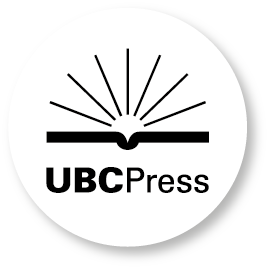
Research Methods in the Dance Sciences
A valuable new resource for the growing field of the dance sciences, this book provides foundational knowledge for anyone who wants to understand, apply, and conduct research with dancers.
Tom Welsh is dance sciences professor and founding director of the Dance Conditioning Studio at Florida State University. He is the author of Conditioning for Dancers. Jatin P. Ambegaonkar is professor in the School of Kinesiology and founding operations director of the Sports Medicine Assessment, Research, and Testing (SMART) Laboratory at George Mason University. Lynda Mainwaring is associate professor in the Faculty of Kinesiology and Physical Education at the University of Toronto and a registered psychologist in Ontario, Canada. The three editors have served on the editorial board of the Journal of Dance Medicine & Science for many years, and Ambegaonkar is currently the editor-in-chief of the journal.





